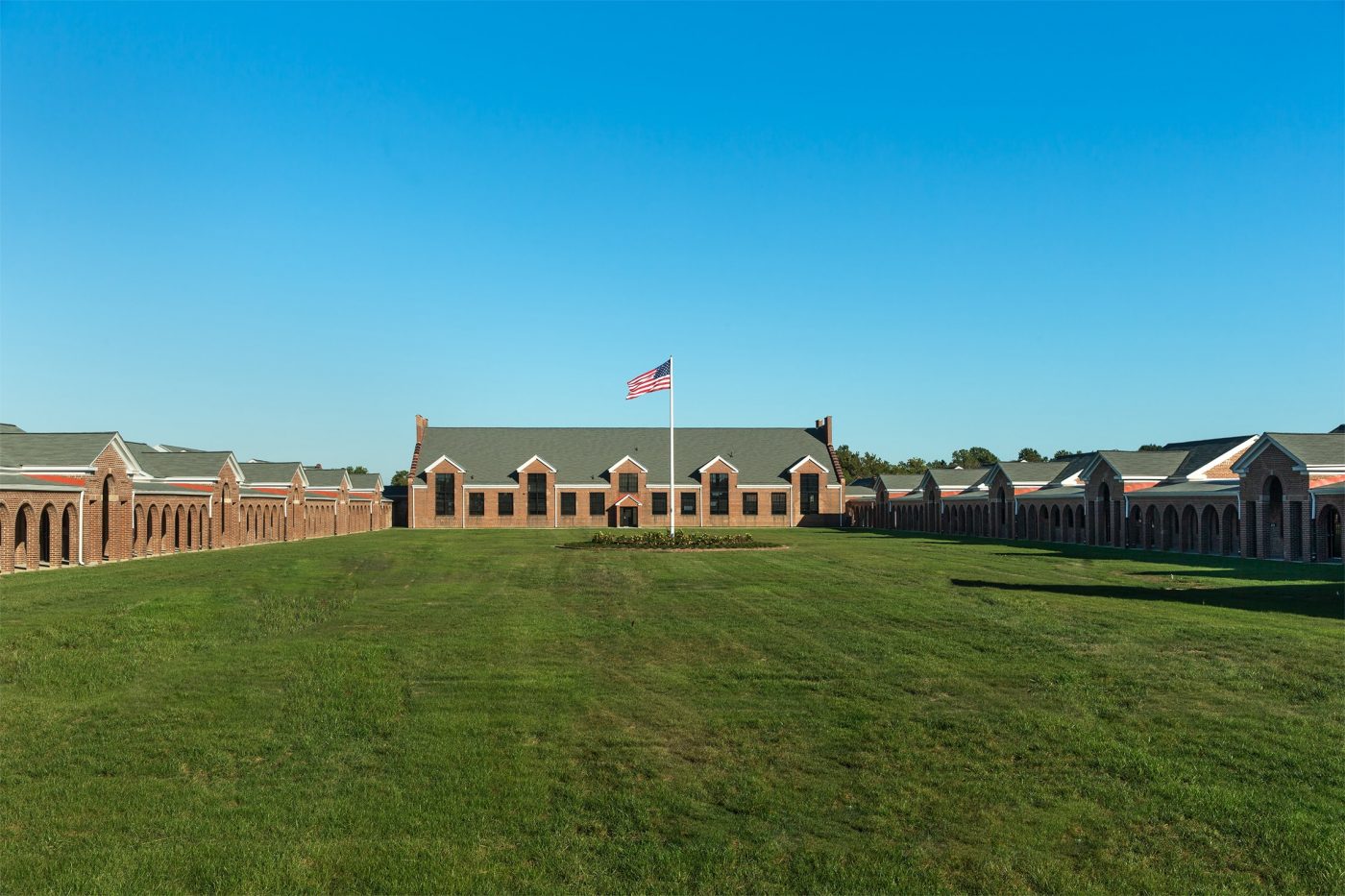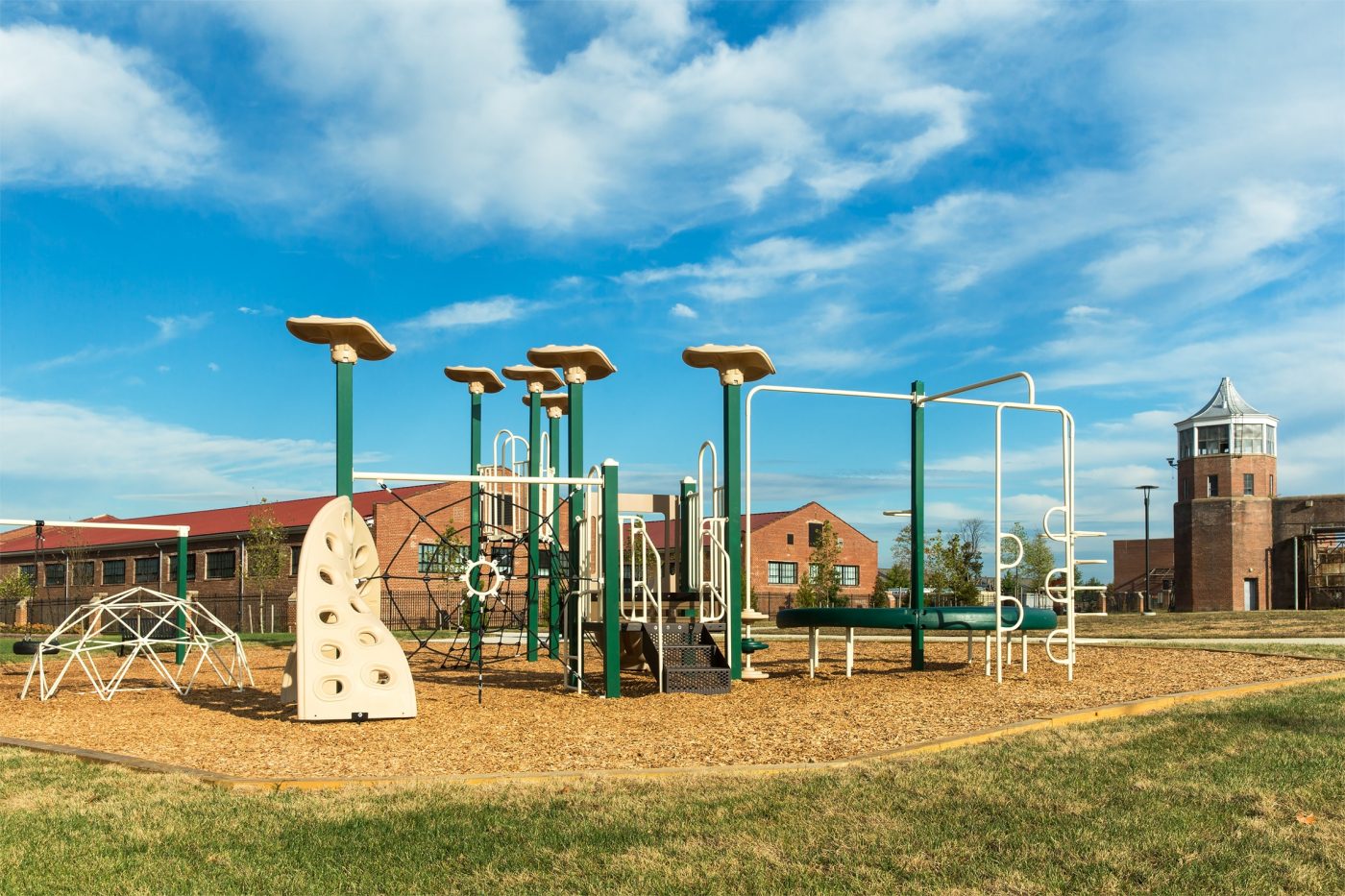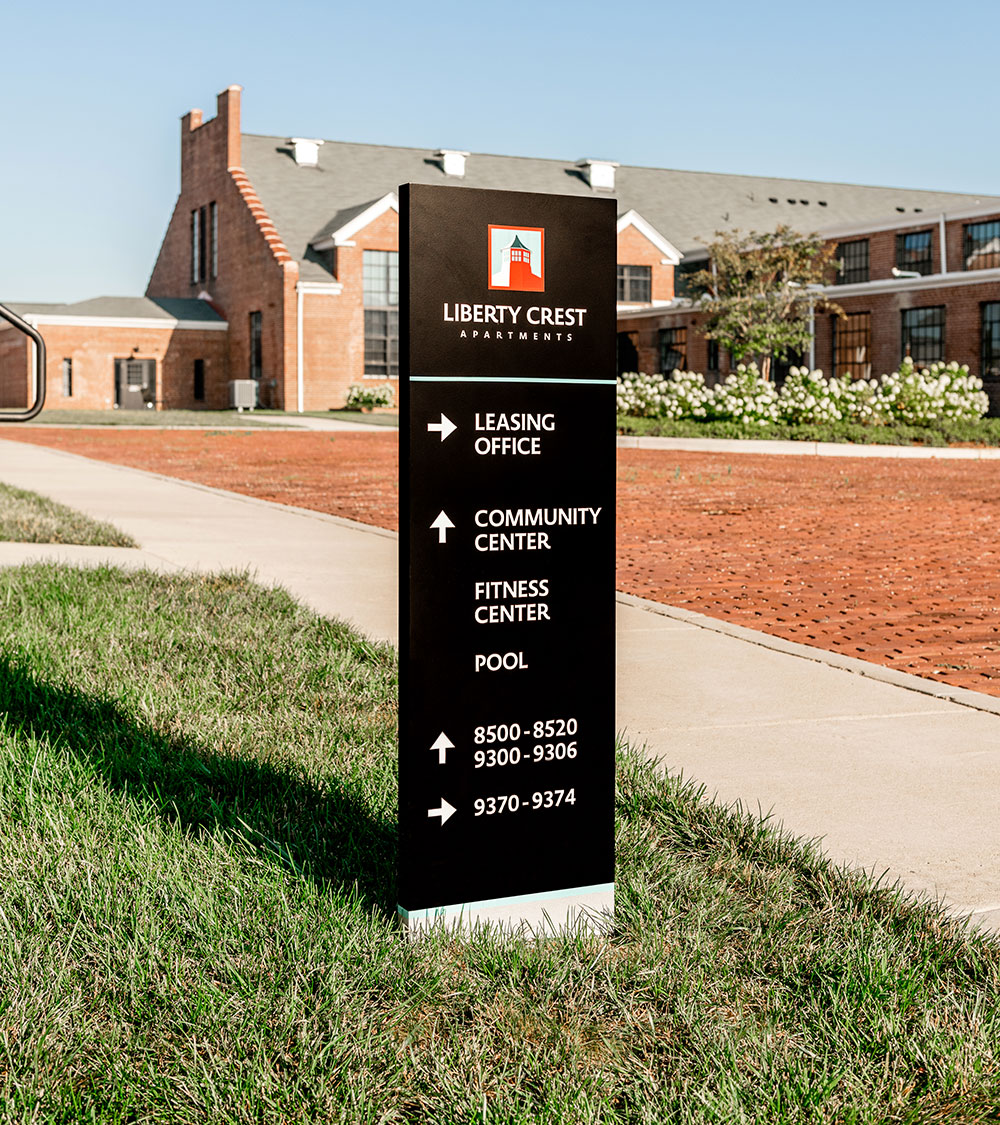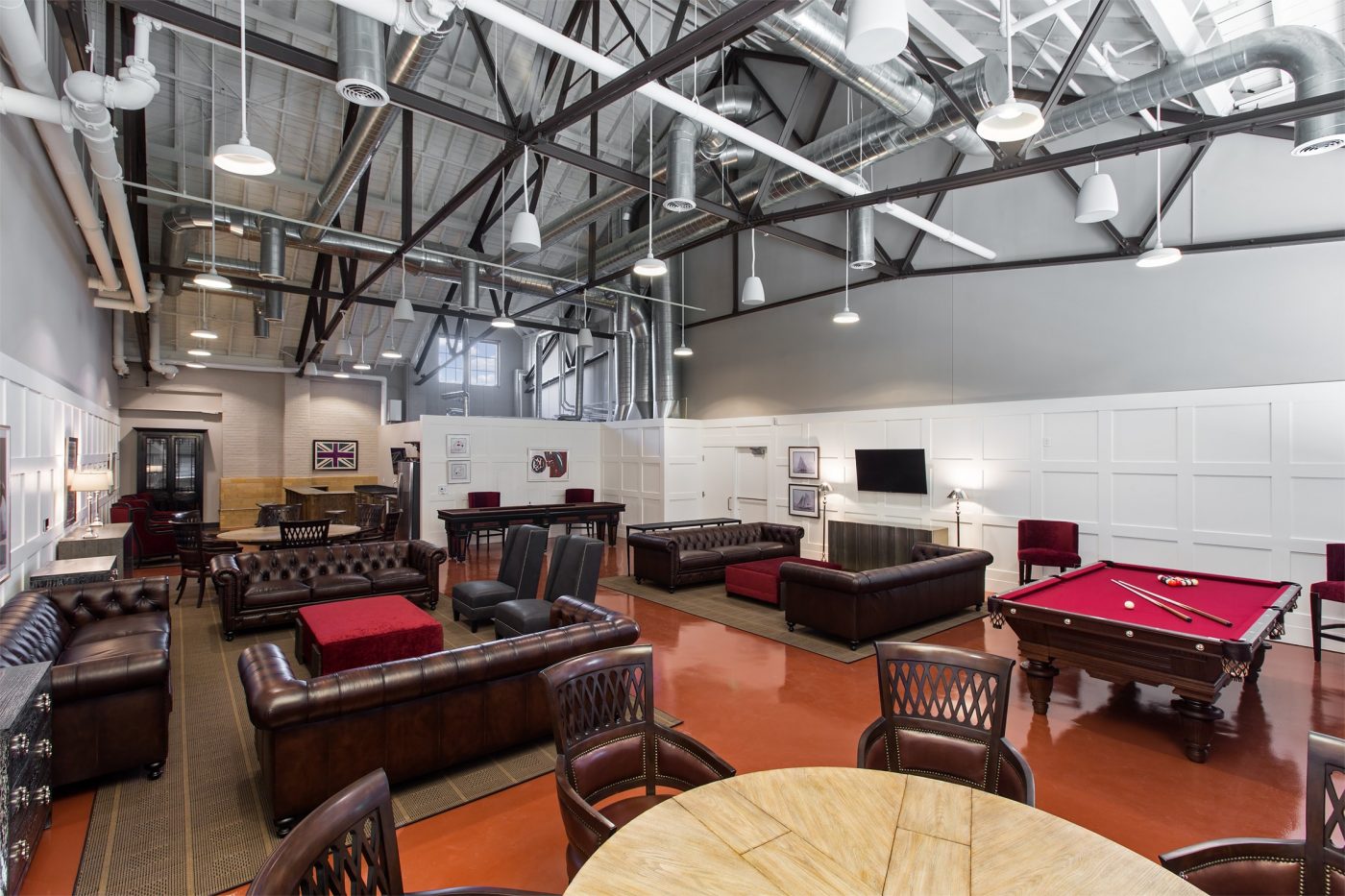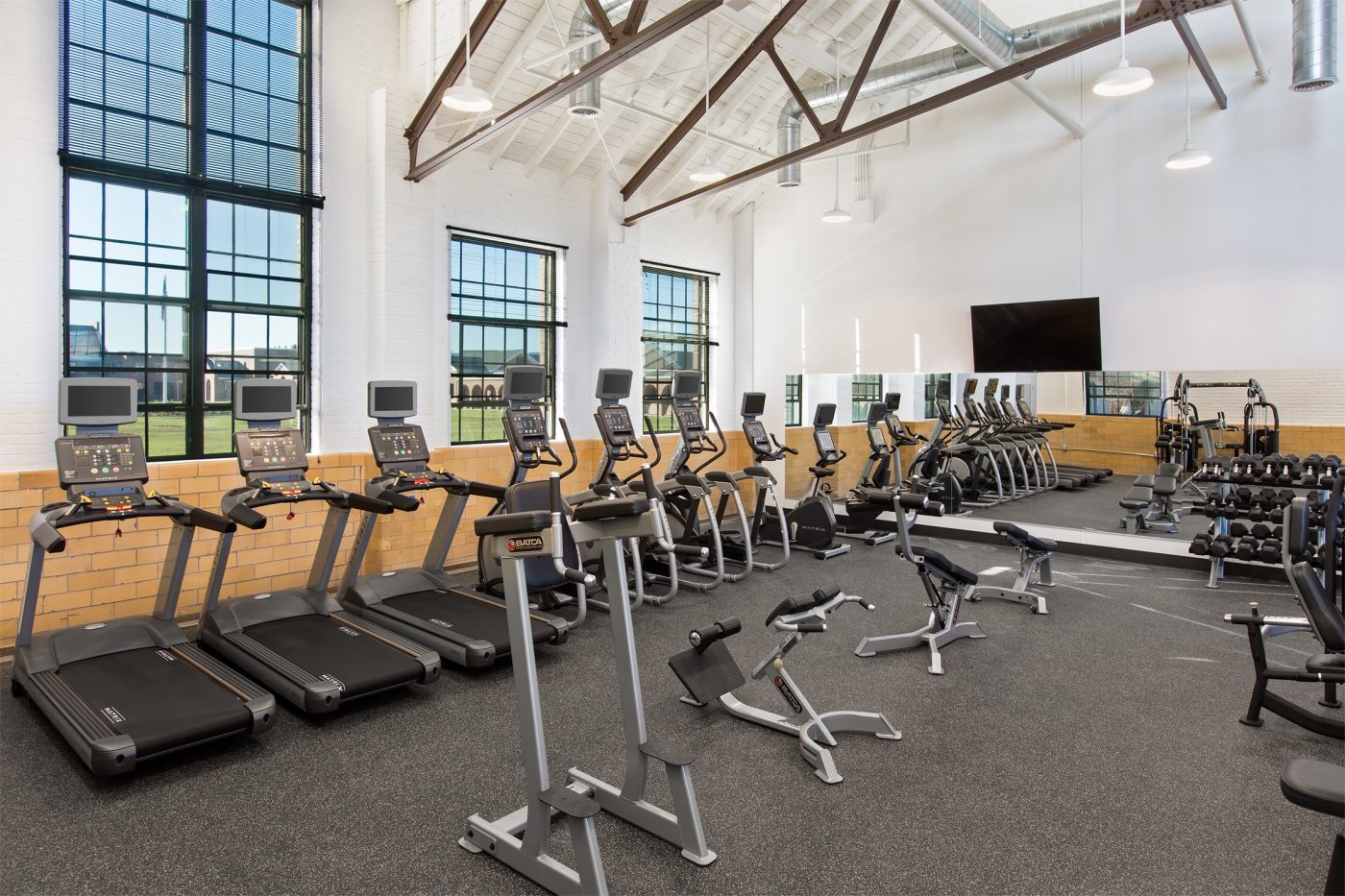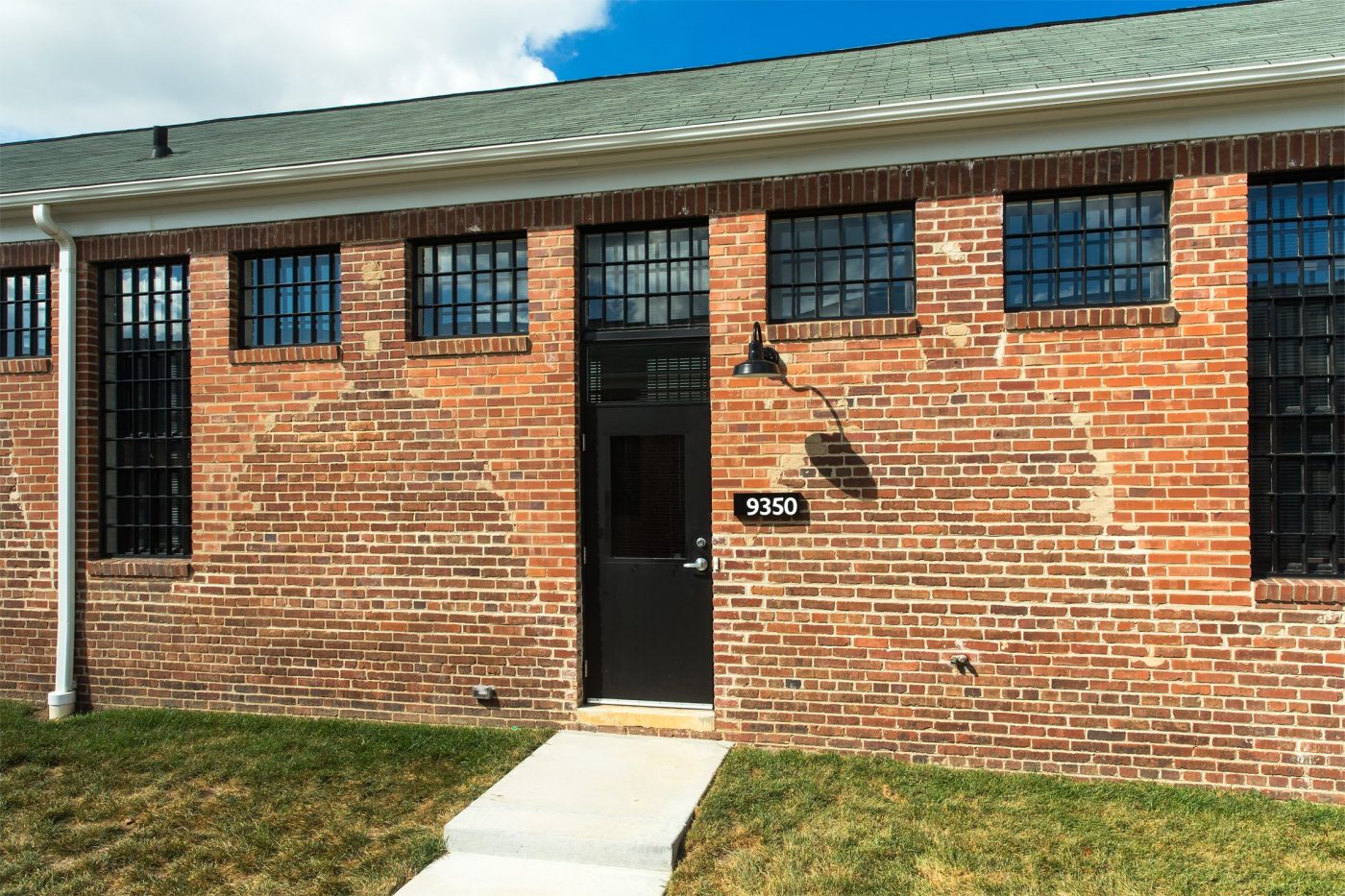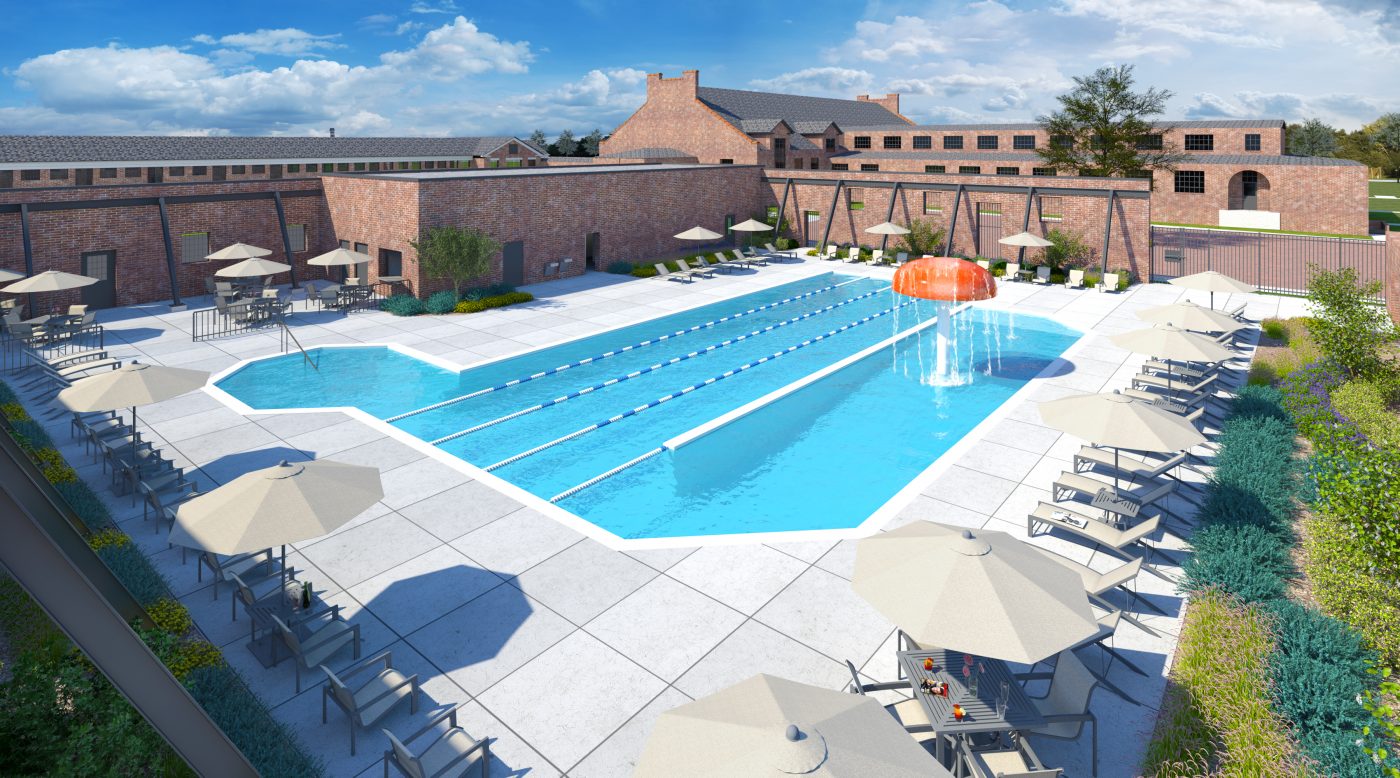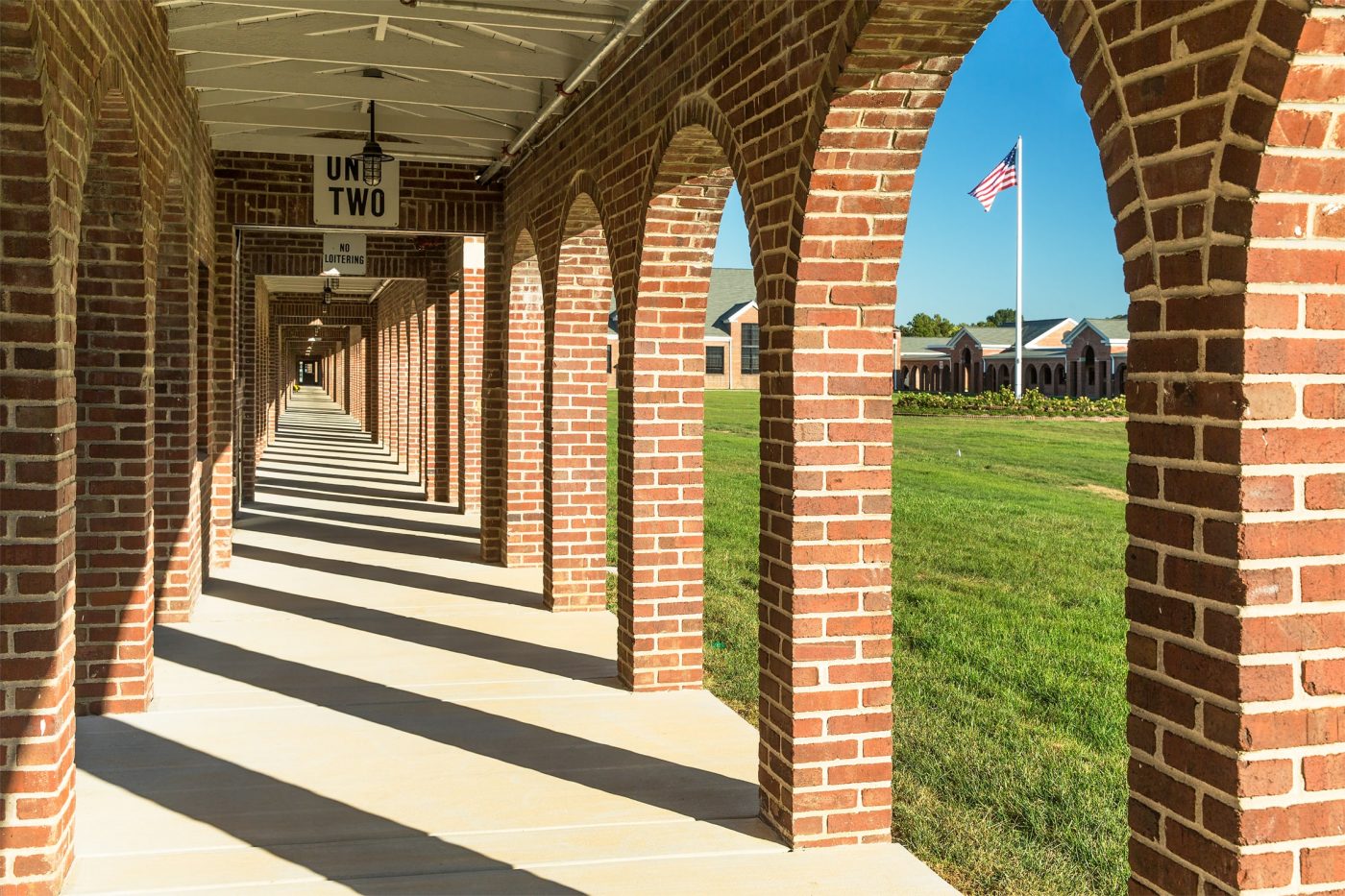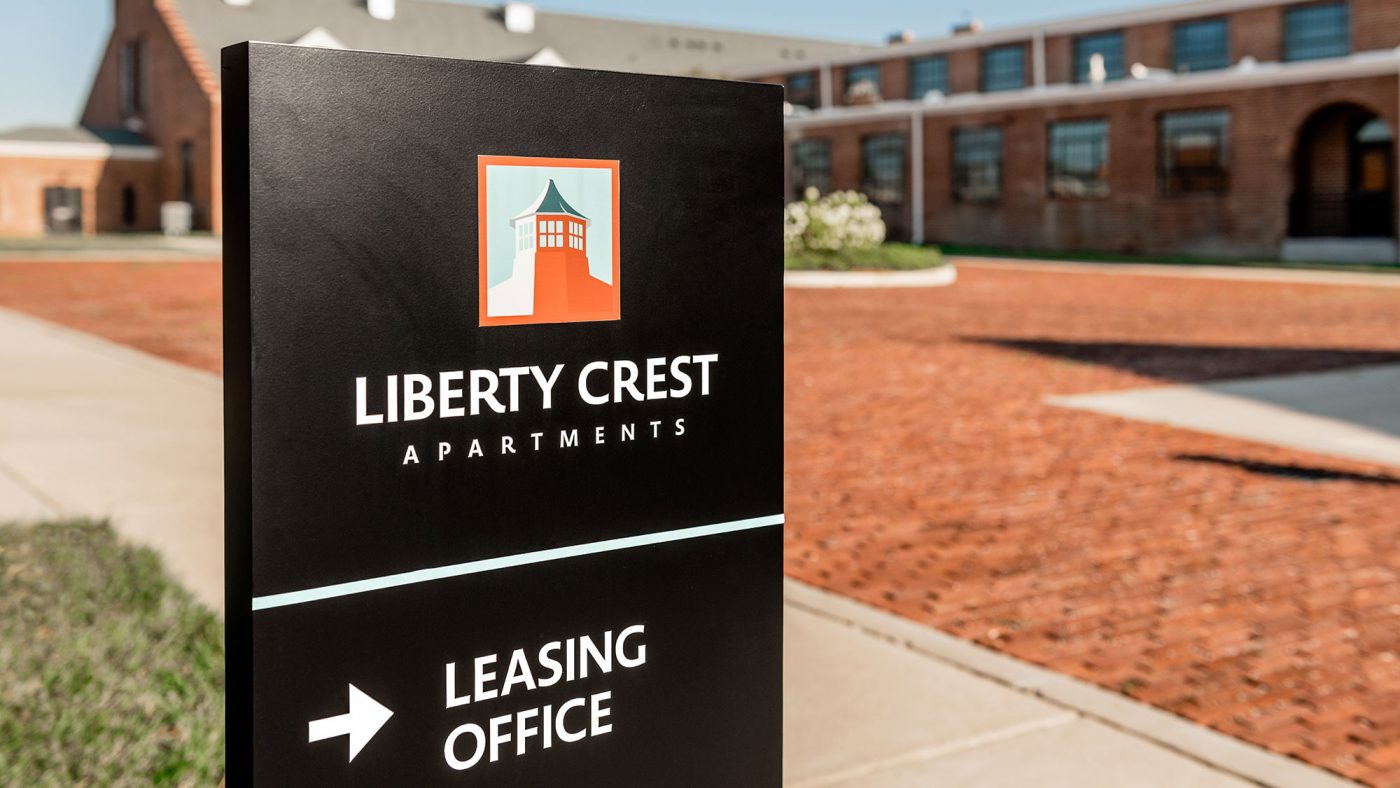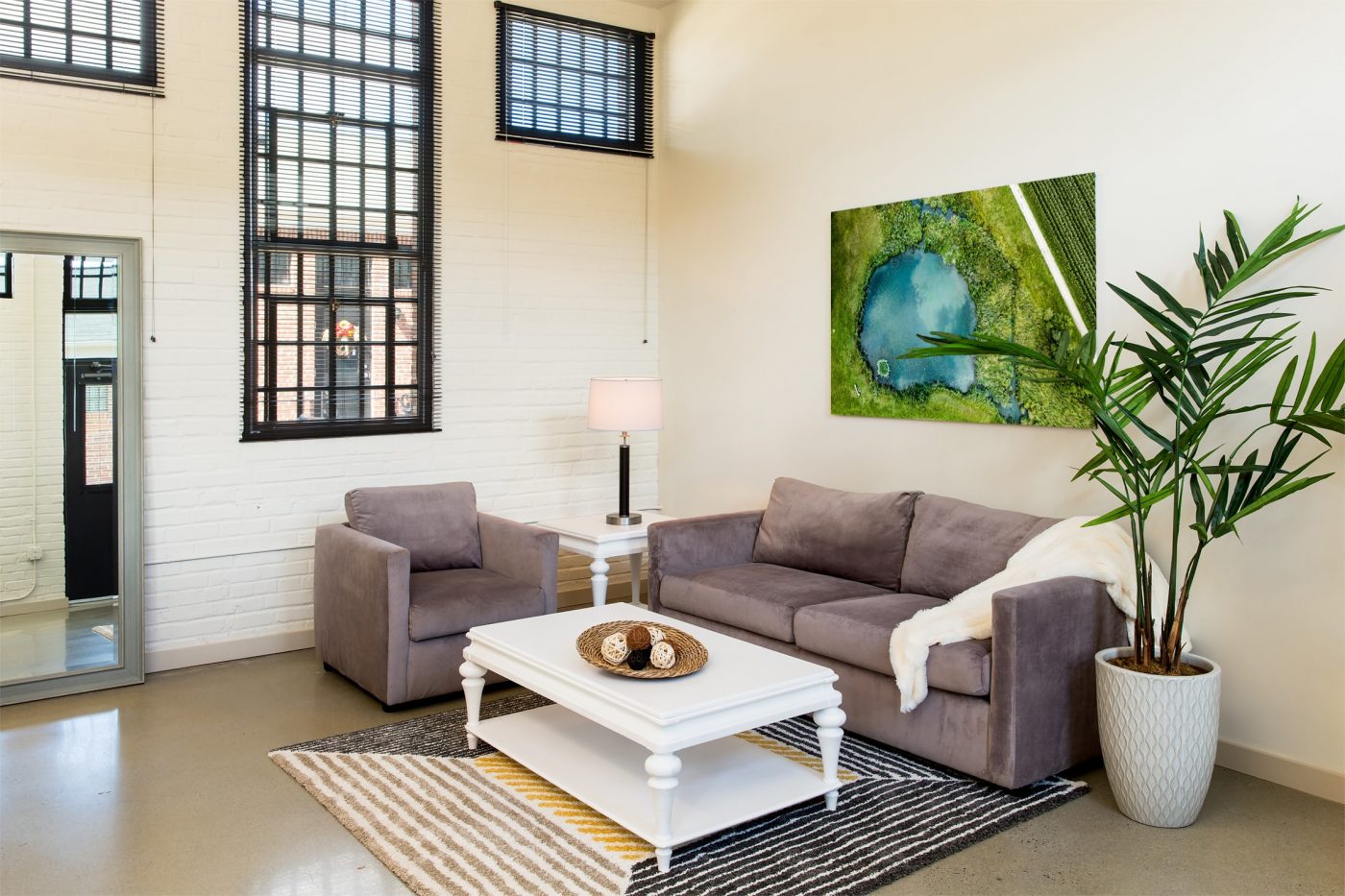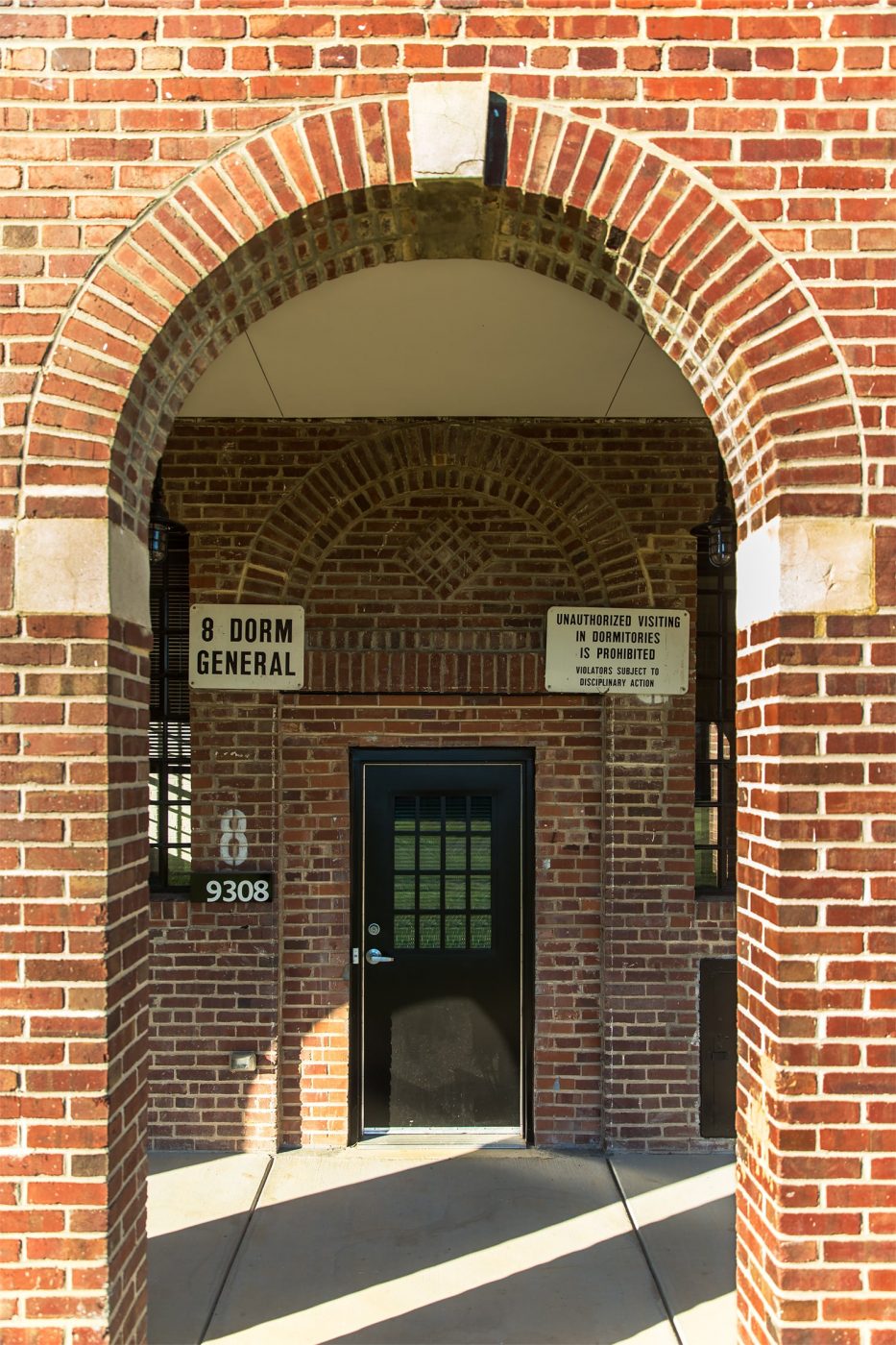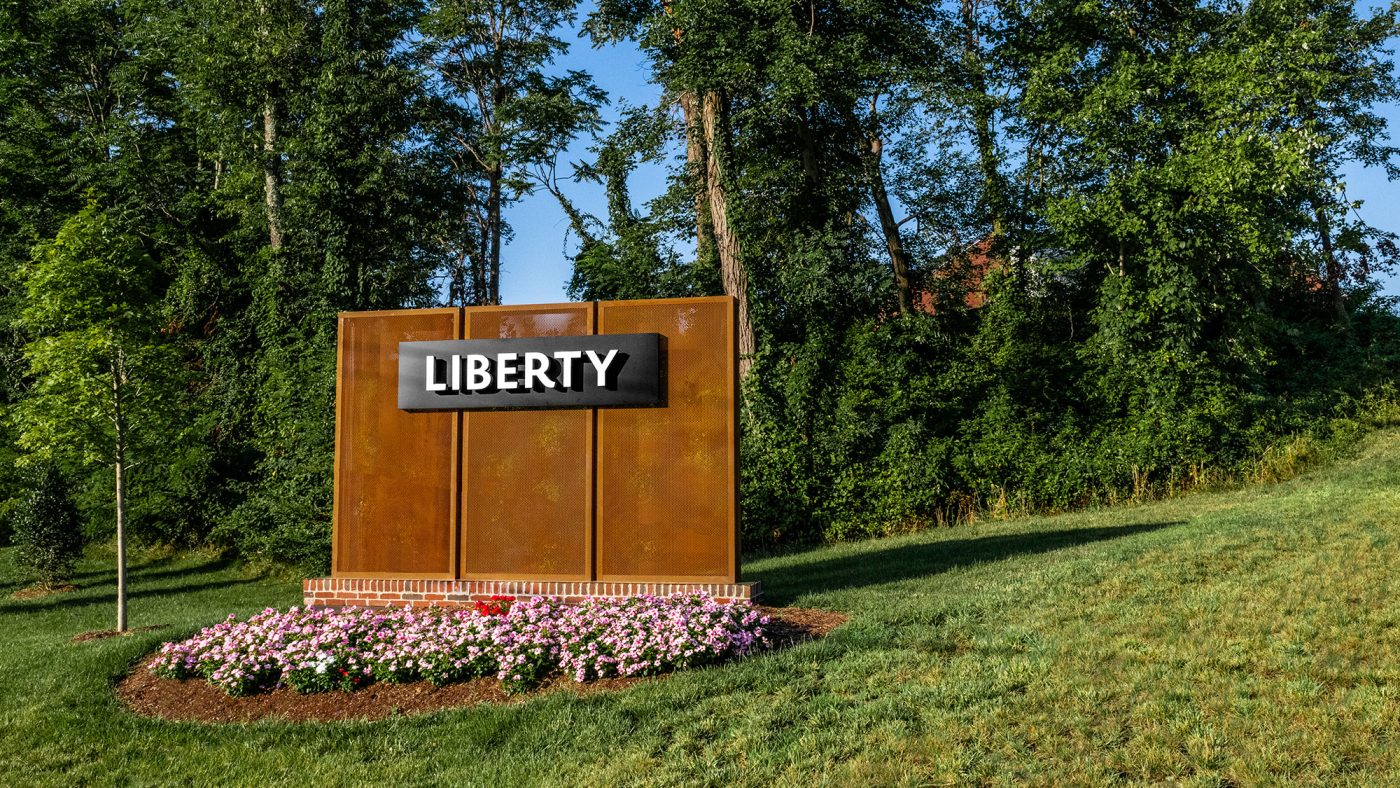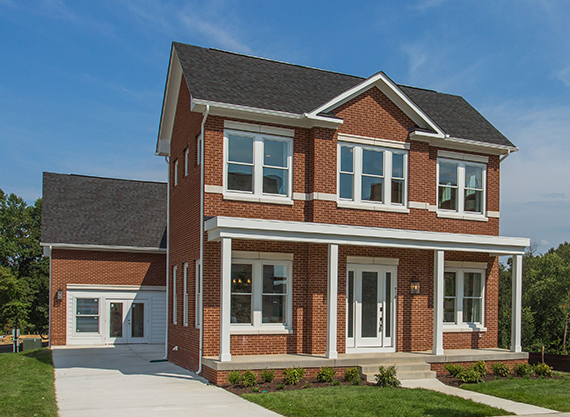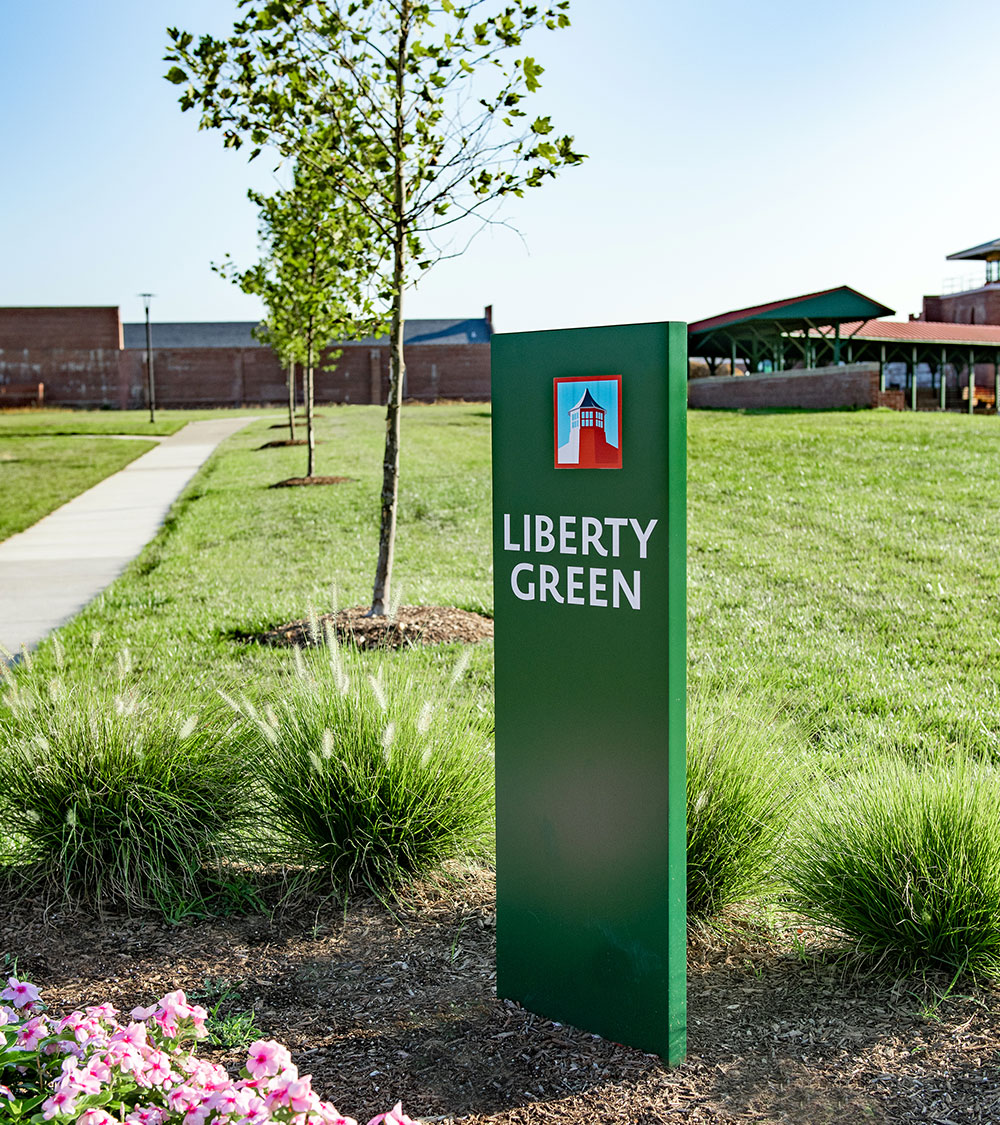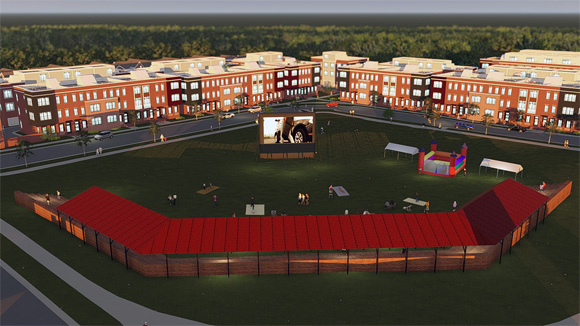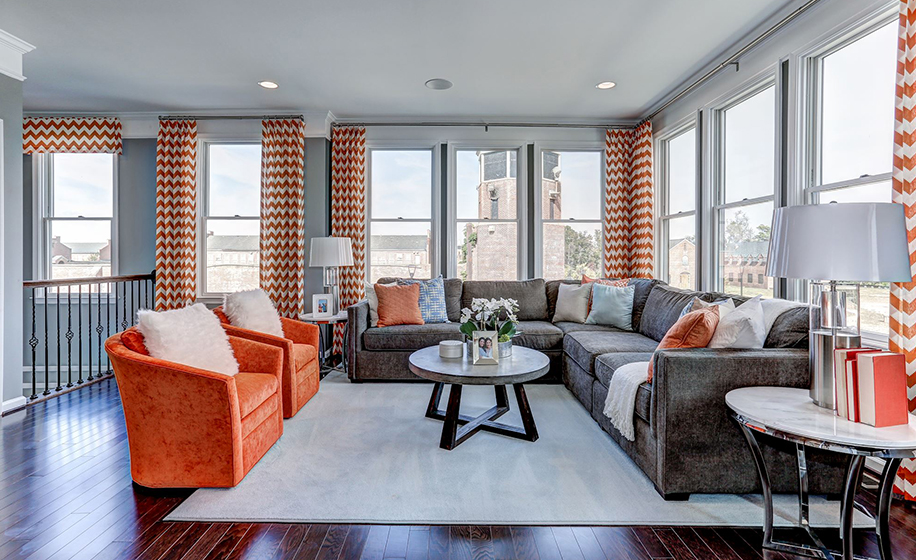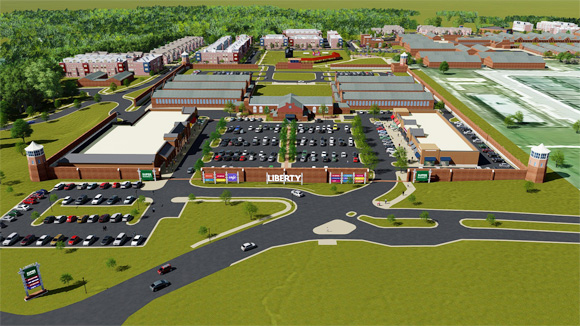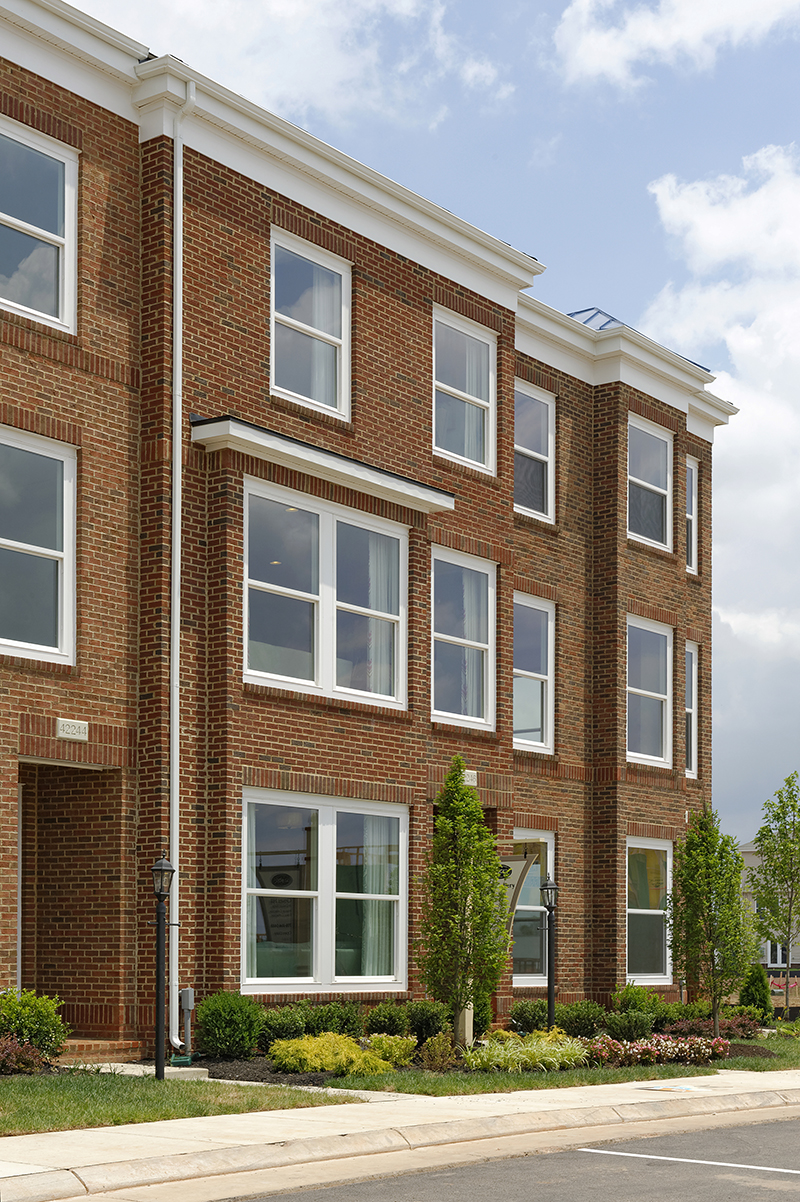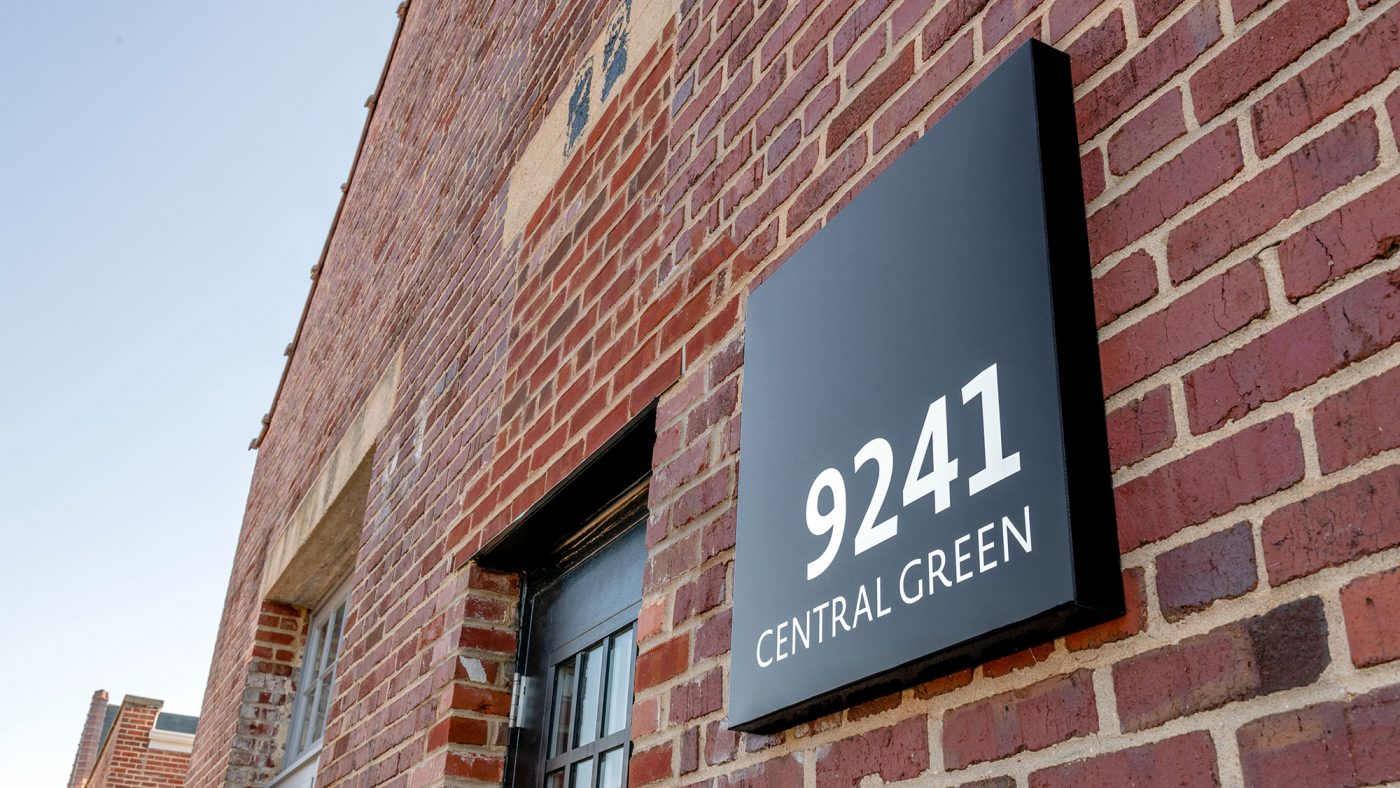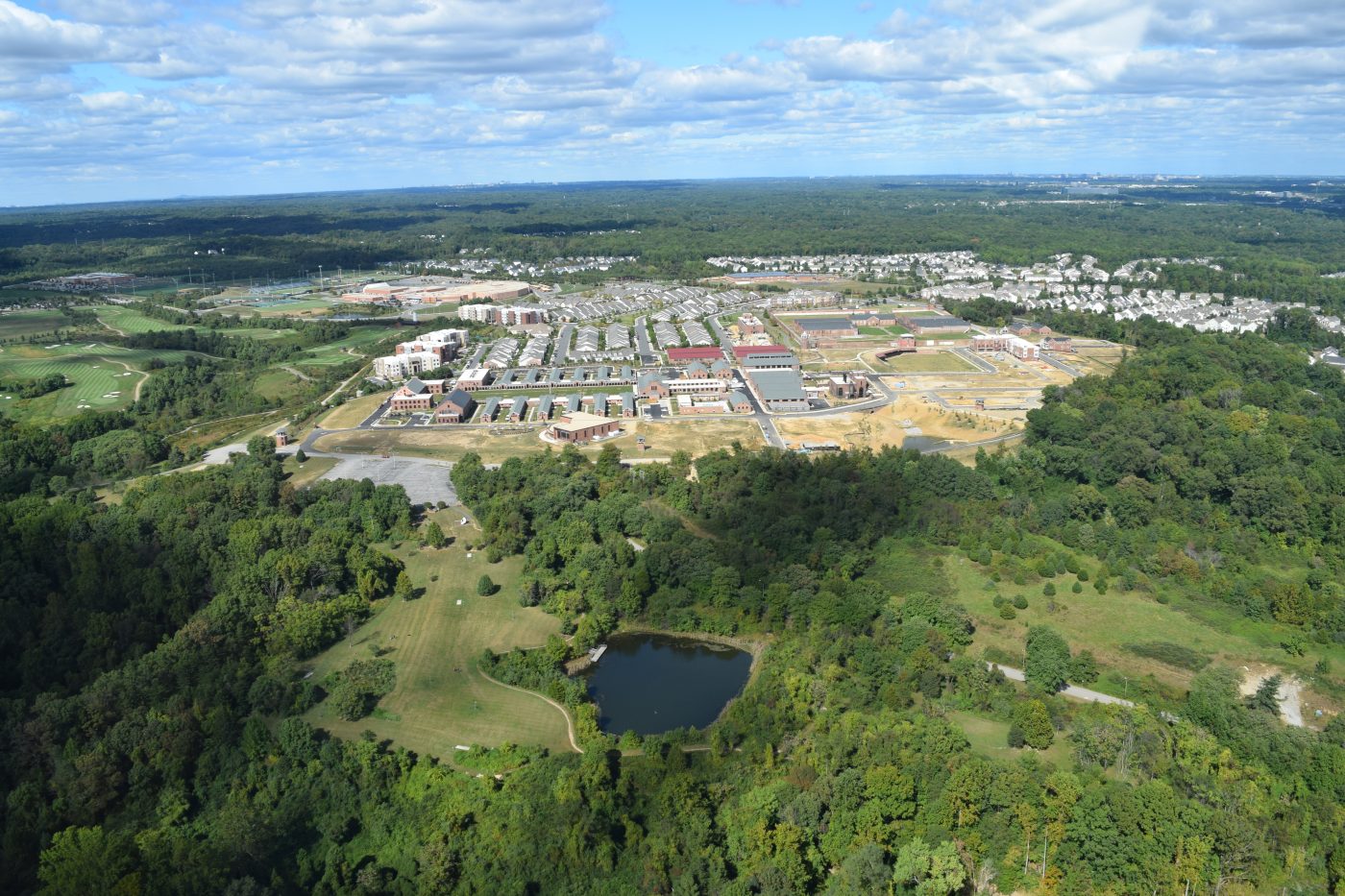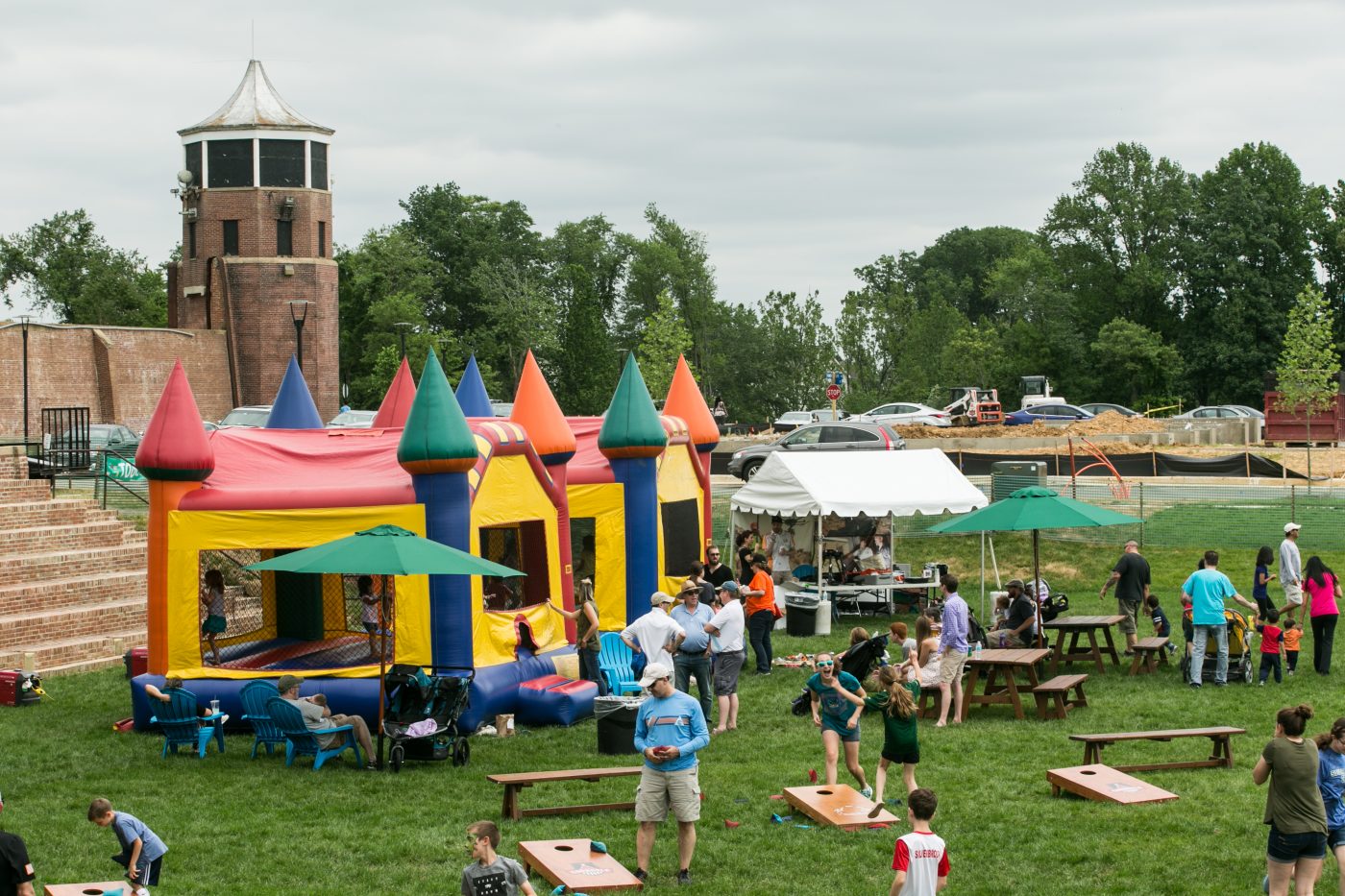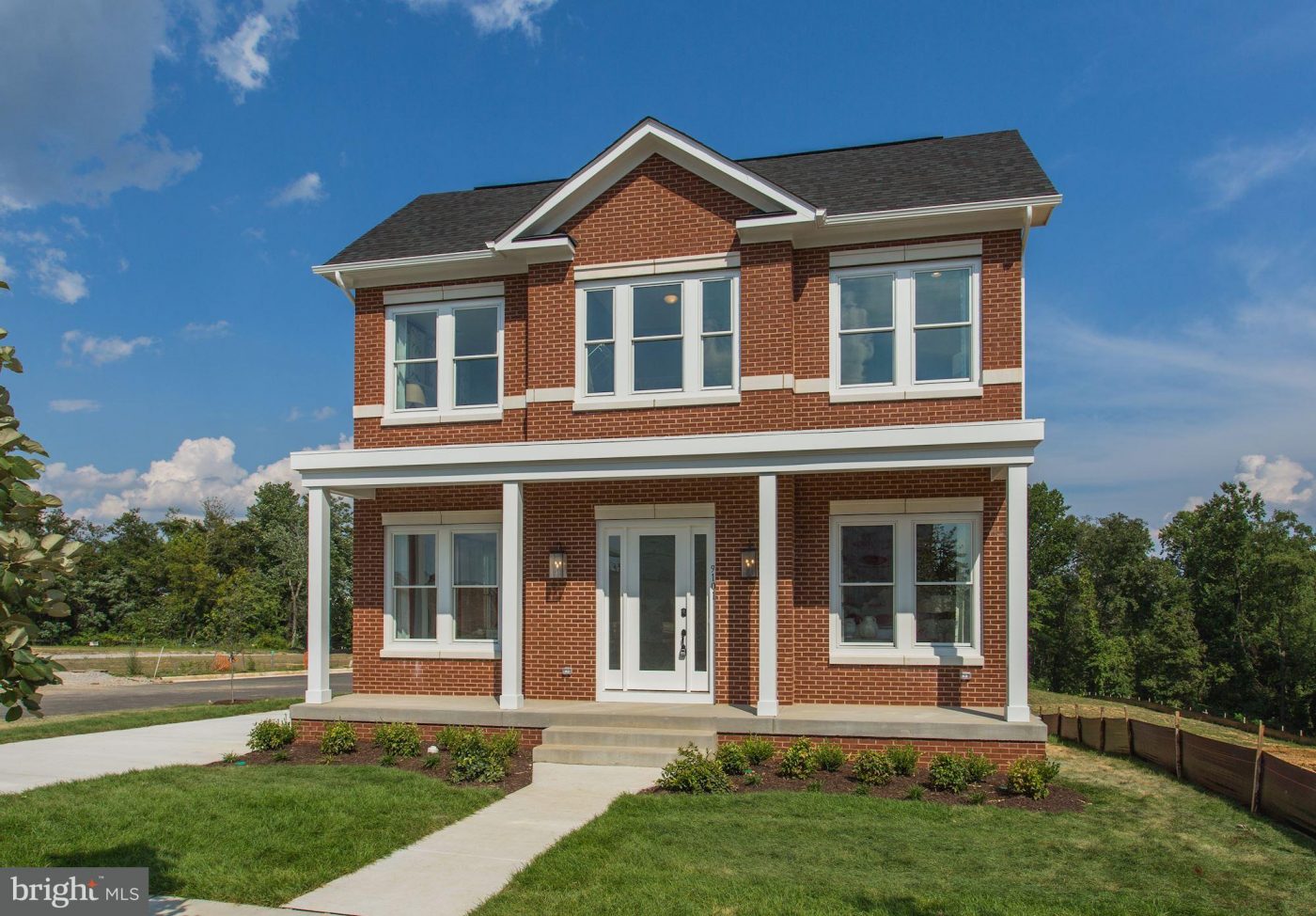-
165
Apartments
-
157
Townhomes
-
6
Condominiums
-
114,000 SF
Office Space
-
60,000 SF
Retail Space
-
Ongoing
Project Completion
-
$190 Million
Project Cost
Located outside the District of Columbia in Fairfax County, Virginia, the historic Lorton Prison, originally commissioned by Theodore Roosevelt in the early 20th century, has undergone extensive redevelopment.
The Alexander Company, in partnership with Elm Street Development and Fairfax County, has transformed the unique reformatory complex into a vibrant hub of community residences, workplaces, shopping, and green space. The first phase of the master-planned development delivered 165 historic apartments, 83 new townhomes, 24 new single-family homes, a clubhouse, a swimming pool, and historic retail and commercial space – the Chapel and Powerhouse.
The community layout accommodates visitors arriving by car and features a variety of pedestrian and bicycle connections weaving the site into the fabric of the surrounding neighborhoods. Sitting along I-95, a main commuting route for the District of Columbia Metro Area, the new community has all the conveniences of urban living – access to major commuting transportation routes, everyday shopping, urban amenities, etc. – all while retaining a beautifully natural and historic character.
Roosevelt believed a prisoner’s rehabilitation could be improved if provided with fresh air, natural light, and a place to live and work. With this in mind, the reformatory was designed as a campus and constructed by the prisoners themselves using bricks manufactured in on-site kilns and lumber cut from trees on the property. The dormitory-style buildings are laid out in a way that provides abundant natural light and open green-space, contrary to traditional cellblocks.
The 80-acre planned master-development portion of the property was referred to as Laurel Hill to commemorate the 18th century structure which served as the home of William Lindsay, a Revolutionary War patriot. Having sat a vacant, historic landmark since 2001, Lorton Reformatory was the final piece of the puzzle that is the Laurel Hill Adaptive Reuse Area. The Alexander Company, in partnership with Elm Street Development and Fairfax County, brought new life into Laurel Hill by rehabilitating the beautiful colonial revival-style structures into Liberty.
